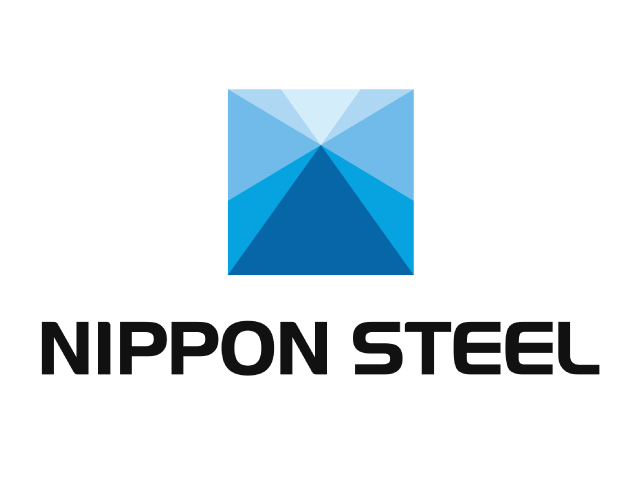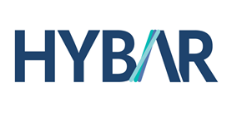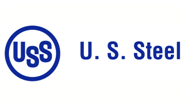Steel Mills

Algoma swings to loss in fiscal Q2 on lower shipments, soft market
Written by Ethan Bernard
November 6, 2024
Algoma Steel Inc.
| Second quarter ended Sept. 30 | 2024 | 2023 | % Change |
|---|---|---|---|
| Revenue | $600.3 | $732.6 | -18.1% |
| Net earnings (loss) | $(106.6) | $31.1 | -442.8% |
| Per diluted share | $(0.98) | $0.24 | -308.3% |
| Six months ended Sept. 30 | |||
| Revenue | $1,250.8 | $1,559.8 | -19.8% |
| Net earnings (loss) | $(100.5) | $162.0 | -162.0% |
| Per diluted share | $(0.93) | $1.09 | -185.3% |
Canada’s Algoma Steel swung to a steep loss in the quarter ended Sept. 30 on lower steel shipments, greater consumption of purchased coke, and weakening market conditions.
The Sault Ste. Marie, Ontario-based steelmaker posted a net loss of Canadian $106.6 (USD$76.5 million) million in its fiscal Q2’25 ended Sept. 30 vs. net income of CAD$31.1 million in the same period a year earlier. Revenue tumbled 18% to CAD$600.3 million (USD$430.5 million) in the same comparison.
The company faced “persistent market headwinds,” in the quarter but still was able to “deliver shipments and Adjusted EBITDA within our previous guidance ranges,” CEO Michael Garcia said in a statement on Wednesday.
Shipments for Q2’25 slipped by 5.2% to 520,443 short tons (st) vs. 548,998 st a year earlier.
“Despite challenging market conditions, our planned ramp-up in plate production following completion of our plate mill modernization project continued in the quarter,” Garcia said.
He noted that associated benefits from a “greater mix of value-added products helped offset a steep decline in steel prices.”
EAF project
Algoma said it has made substantial progress on the construction of two new EAFs to replace its existing blast furnace and basic oxygen steelmaking operations.
“The project continues to advance on time with commissioning activities set to begin by calendar 2024, year-end,” Algoma said.
Steel production is expected by the close of the first calendar quarter of 2025.
Algoma said that as of Sept. 30, the cumulative investment was ~CAD$672.3 million. This includes ~CAD$61.2 million during Q2’25. Additionally, contracted commitments now total ~CAD$870 million.
The company expects completing the remaining contracts—including time and material agreements—within 5% of the high end of its previously announced budget range.
Environmental qualification
Algoma said the EAF project qualifies for the Ontario Ministry of the Environment, Conservation, and Parks Emissions Performance Program.
The company has applied for and expects to receive reimbursement for carbon taxes paid since 2022.
This is seen as reducing the project’s net cash cost. Along with other factors, Algoma said this will provide “ample liquidity” to fund the balance of the project.
Future output post-EAF
The company anticipates annual raw steel production capacity of ~3.7 million st following the EAF project’s completion. This will match its downstream finishing capacity of more than 3 million tons. All told, the project is expected to reduce Algoma’s annual carbon emissions by ~70%.

Ethan Bernard
Read more from Ethan BernardLatest in Steel Mills

Nippon could up investment in USS facilities to $7B: Report
It's the latest twist as the proxy battle heats up for Pittsburgh-based U.S. Steel.

Hybar expansion still on the table as Arkansas mill startup nears
As Hybar nears the completion of its $700-million rebar mill in Arkansas, the company said it is still “actively considering” building other steel facilities in the southern US.

Global steel production edges lower in February
February’s global raw steel output is tied with last December's for the fourth-lowest monthly production rate recorded over the past two years.

Fate of U.S. Steel hangs in the balance
The future of U.S. Steel remains unclear, but the proxy fight for control of the company is heating up. Shareholders will cast their votes on the company's future at the annual meeting in May.

Cliffs to idle Dearborn blast furnace, restart Cleveland furnace by July
Cleveland-Cliffs has decided to idle the steelmaking operations at its Dearborn Works in Michigan due to weak automotive demand.
